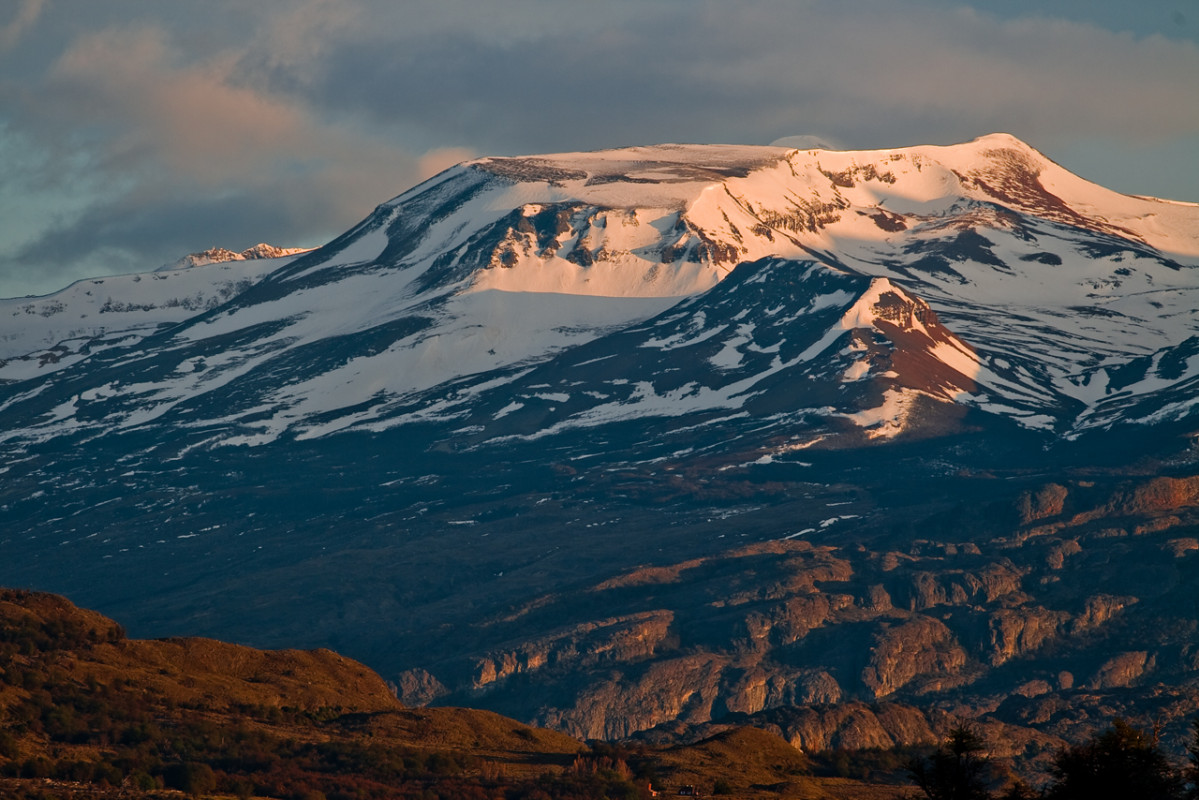 A recent study says glaciers in the tropical Andes have shrunk by 30-50% in the last 40 years. This could be terrible news for the millions of people living in South America.
A recent study says glaciers in the tropical Andes have shrunk by 30-50% in the last 40 years. This could be terrible news for the millions of people living in South America.
This rate of glacial retreat (decreasing glaciers) is the fastest in the last 300 years. And scientists believe that this is most likely because of a rise in temperature here of about 0.7C between 1950 and 1994.
The study also showed that the melting is more severe at lower altitudes and for the smaller glaciers. Glaciers are at least 50 m thick, usually. But these smaller, lower ones are not more than 40 m and they have been losing 1.35m of ice per year since the 1970s. At this rate, the scientists fear, the glaciers will be completely gone in the next few decades.
The effects of glacial melt
Glacial melt is thought to be one of the most sensitive indicators of global warming. Glaciers all around the world are affected severely by the rise in average temperature. Why is this worrisome?
Glaciers are actually flowing rivers of ice. They perform a very important job in water management for surrounding areas. In the wet season, they store vast amounts of fresh water in their ice and slowly release it in the dry season to sustain communities and forests downstream.
Almost a third of the world’s population depends on glacial water for sustenance. These accelerated melts cause their disappearance and this, in turn, affects the water supply.
Communities in the Tropical Andes
The Andes run along the length of South America. They are the highest mountains in the world outside Asia.
The tropical Andes go through Ecuador, Peru, Bolivia, Venezuela, Chile, Argentina, Colombia. Water in the glaciers irrigates farms and sustains over 30 million people around them. With decreasing water supply, they will not be able to grow as much. This will affect their food supply as well.
Moreover, less water means less hydropower, and electricity supply will also be affected. The glacial melt will have a cascading effect not only on the communities which depend on the water heavily but also on the biodiversity it supports.
The areas around the tropical Andes are among the richest in the world in biodiversity. Climate change and the disappearance of water reserves could affect already endangered species and tropical forests.








